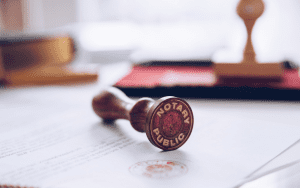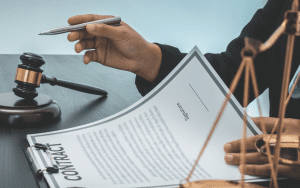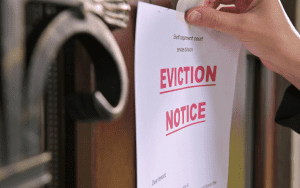The transfer process is synonymous with building a house. The foundation must be laid and certain parts are built simultaneously in order for the process to be completed as one cannot be done without the other. There are many parties involved in a transfer process and each one has an important role to play.
The following are the steps involved in the transfer of property:
CONTRACT OF SALE
The nominated transferring attorney, usually appointed by the Seller, acknowledges receipt of the instruction to all parties involved, being the Seller, Purchaser, and Estate Agent, if one was used.
The transferring attorney peruses the agreement to familiarise themselves with the terms and conditions. The attorney makes a point of mentioning any suspensive conditions that may be listed in the contract sale, for example, the date of when the Purchaser shall confirm whether he/she has obtained a bond, should the sale be subject to the Purchaser obtaining a bond.
ATTORNEY
Once the Purchaser’s bond has been approved by the financial institution and the attorney is informed of this, the attorney shall request all supporting documents from the Seller and the Purchaser, such as FICA documents and any other necessary documents to proceed with the transaction.
Furthermore, the attorney conducts a deeds office search to verify the property details that is being sold/purchased. The attorney shall, as soon as possible, contact the Seller’s financial institution, who has an existing mortgage bond over the property, to advise that the property is being sold.
COLLECTION OF DOCUMENTS AND FIGURES
This step follows from the above-mentioned, whereby the transferring attorney continues to gather all required figures, such as rates clearance figures and certificates issued by a municipality, and clearance figures from the Body Corporate or Homeowners’ Association, should the property be a sectional title or in an estate. Bond cancellation figures are requested from the bond holder, being the existing financial institution.
The title deed is requested from the bond holder. The Seller must be informed to start obtaining the electrical compliance certificate, beetle certificate, and plumbing certificate, which are all required to transfer the property.
COLLECTION OF PURCHASE PRICE AND COSTS
The attorney must ensure the collection of the deposit, transfer duty, and conveyancer’s costs from the Purchaser and clearance costs from the Seller. The collection of documents and figures as well as the collection of costs run concurrently.
DRAWING AND SIGNING OF TRANSFER DOCUMENTS
The attorney commences drafting the transfer documents, which is the new deed of transfer, power of attorney, and any other supporting documents that may be required to be lodged to pass transfer. The draft transfer documents are forwarded to the attorney that is registering the new bond. The Seller and Purchaser will sign the transfer documents at the attorney’s office.
PAYMENTS
Upon receipt of the monies from the Purchaser as stated above, the attorney will pay the transfer duty to SARS in order to obtain a transfer duty receipt.
The attorney shall pay the municipality and/or the Body Corporate or the Homeowners’ Association in order to obtain the clearance certificates. It is important to note that transfer will take place should these clearance certificates not be obtained from the appropriate body.
PREPARING FOR LODGEMENT
The conveyancer shall ensure that he/she signs the documents at the top right hand side of the first page of the deed of transfer, confirming that the conveyancer accepts responsibility for the correctness of the facts set out therein.
A final check of all information required, all costs collected, and purchase price is secured and all transfer documents are prepared and correct. If another transaction is involved, such as the new bond, the attorney is informed that you are ready to lodge at the Deeds Office in order for both transactions to be registered simultaneously.
LODGEMENT AND REGISTRATION
If all requirements are met, the necessary transfer documents are lodged in the Deeds Office for the examiners to review the documents to ensure all legal requirements have been met to transfer the property. If the examiners are satisfied and the conveyancer is certain that transfer is ready to take place, he/she may register the transfer, meaning the conveyancer will sign the deed of transfer in the presence of the Registrar of Deeds and the Registrar will also sign the deed. This process from lodgement to registration takes seven to fourteen days.
WINDING UP
Once the transfer is registered, the conveyancer will notify the Seller, the Purchaser, the Agent, and any other relevant parties in writing that the transfer has taken place.
The transferring attorney must now call up guarantees from the financial institutions or from the bond attorney to have the balance of the purchase price paid into the trust account, so that the attorney may proceed to effect payment to the relevant parties, such as the Seller and the Agent.
Reference List:
- THE ABC OF CONVEYANCING by LIZELLE KILBOURN
This article is a general information sheet and should not be used or relied on as legal or other professional advice. No liability can be accepted for any errors or omissions nor for any loss or damage arising from reliance upon any information herein. Always contact your legal adviser for specific and detailed advice. Errors and omissions excepted (E&OE)
















